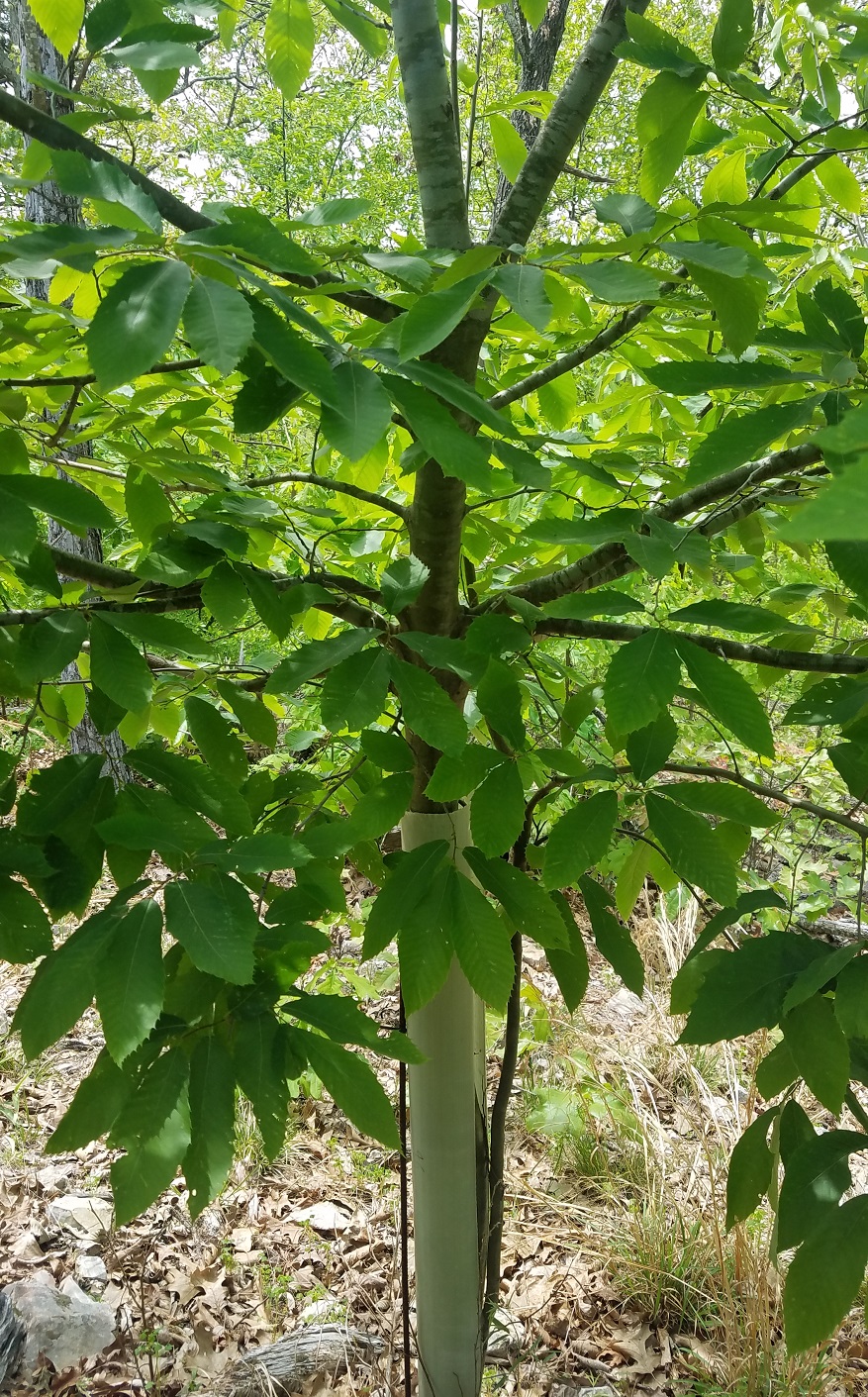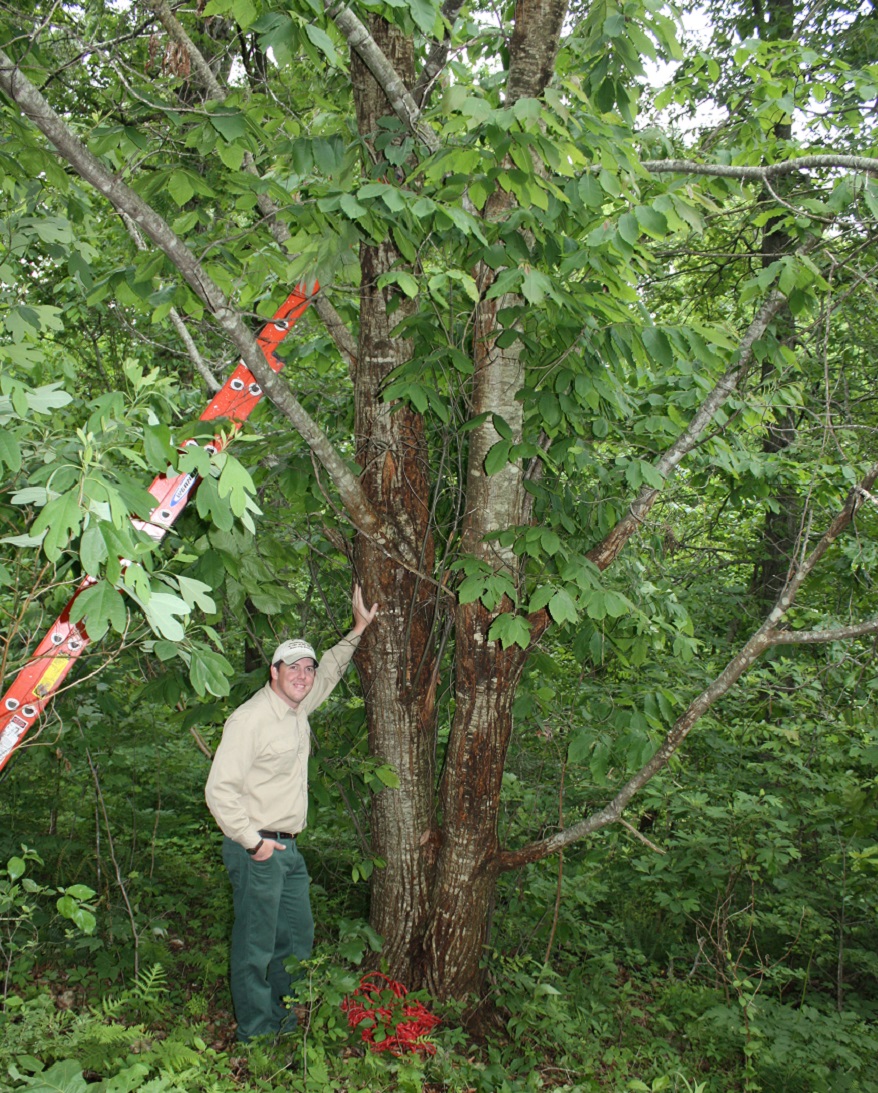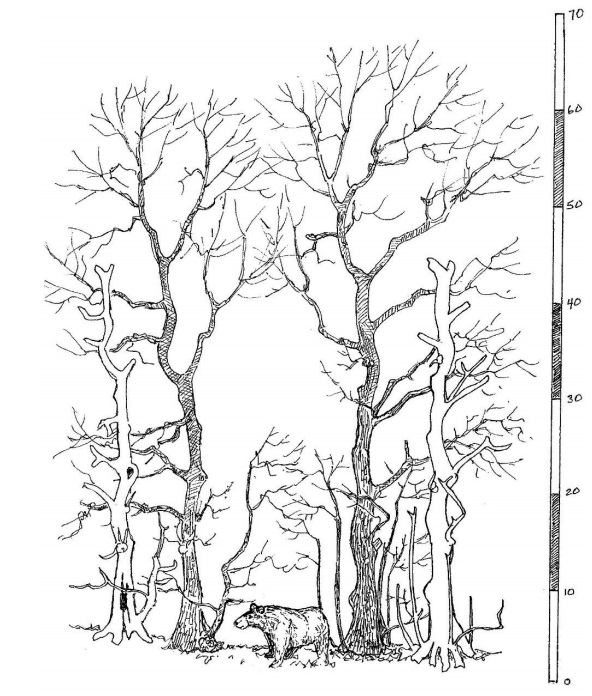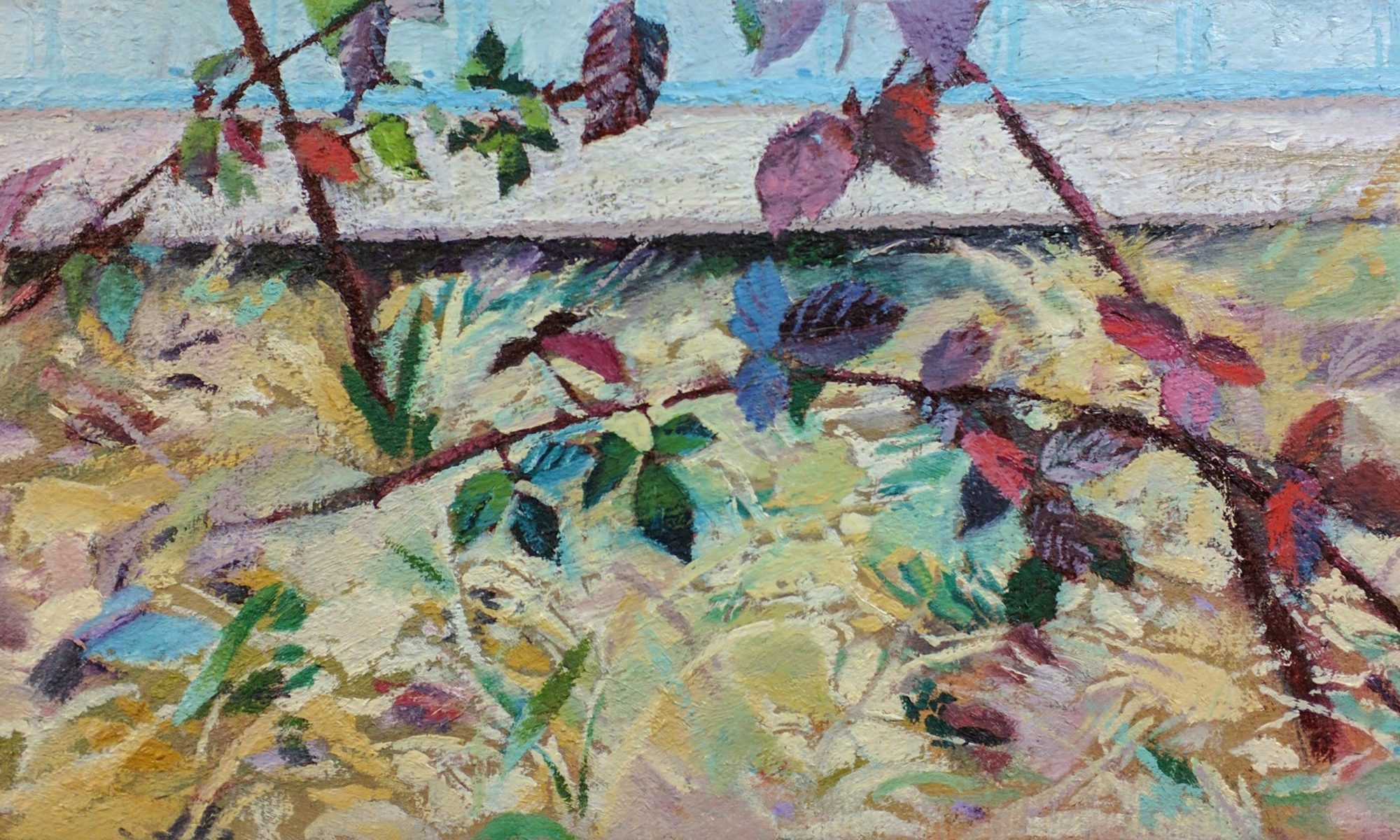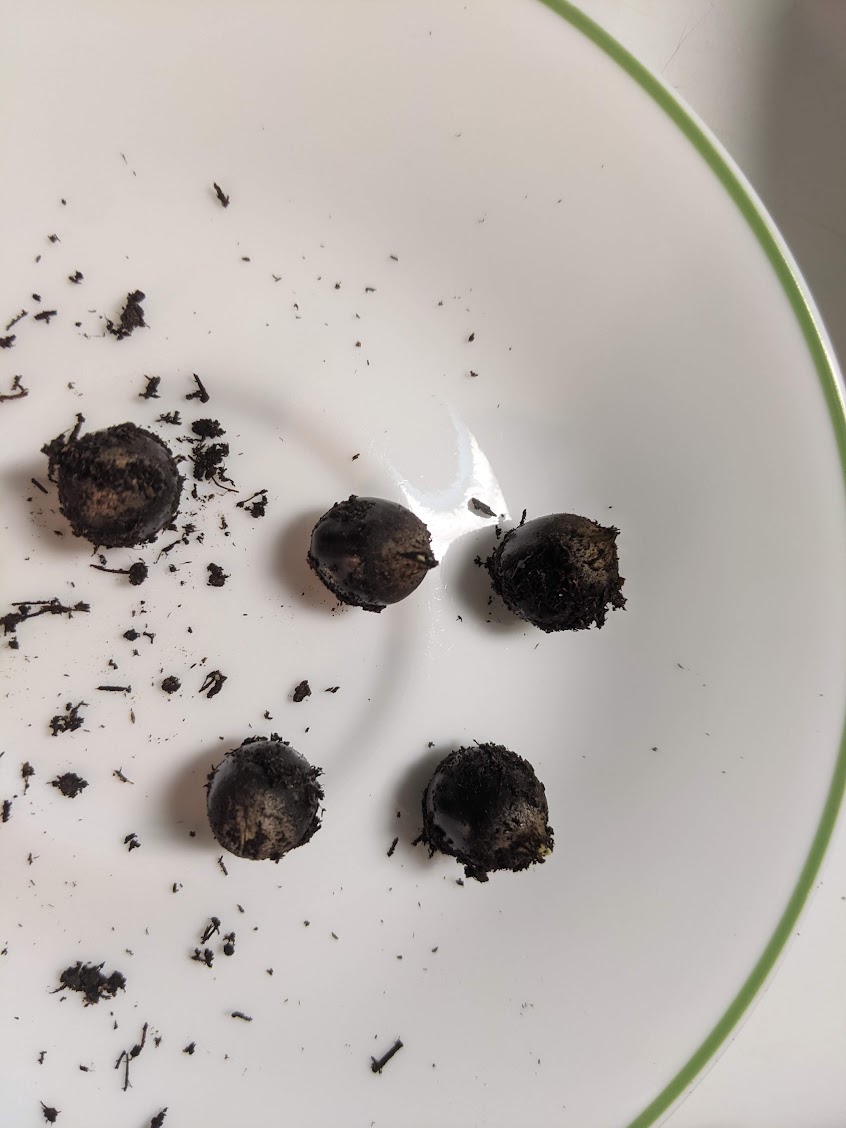
These seeds came in from the Ozark Chinquapin Foundation earlier in the year. One is instructed to keep them in a bag in the fridge in lightly moist loose soil media, taking it out and aerating / stirring every week as the roots emerge. Here the roots are barely peeking out. In spring after frost they can be planted with precautions including a tree tube and a mesh staked into the ground. They are very high in protein so wildlife tend to devour them.
I still am unsure where this is going into the ground given the recent move, so holler if you covet an excellent mast crop tree and a reliable place for it. (Edit: they’ve been sent on with someone already) They prefer excellent drainage, and they’re not self fertile so need at least two in a given place. Old growth chinquapins are believed to have grown to upwards of 60 ft.
Previous year’s attempts were thwarted by not having the ground cleared, not having enough battery life to clear the ground when power tools were available (vs tick precautions this very much constrains the schedule) and then turns out the place was getting gutted for arable fields anyway, etc. There’s a coal chat pile at family property that’s the new candidate if I don’t find a place in town, although it’s overgrown with oak and they might have to clear ground to remove some debris parked up there. I’m equipped with a pole saw and a brush cutter but I’m not set up for felling trees or moving big items. Sigh.
They used to be more abundant like the other chestnut species before chestnut blight severely damaged the wild protein availability of north american forests. Chestnuts proper linger in old root stock but haven’t managed to produce viable seeds without dieback, the Ozark chinquapin had some healthy outliers with a degree of resistance to blight so the foundation has been conducting a breeding program and makes seeds available.
Some photos from their website.
